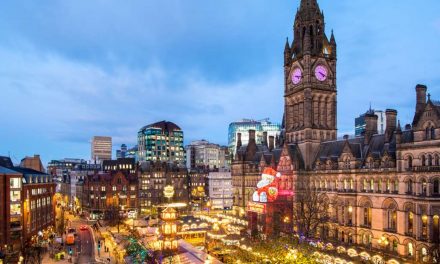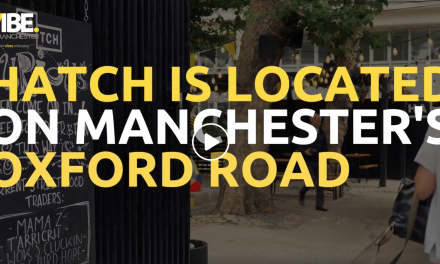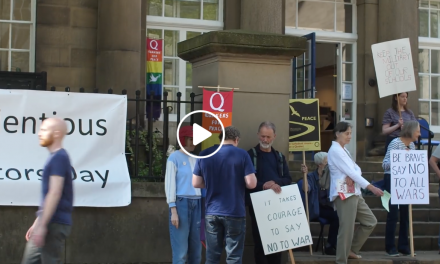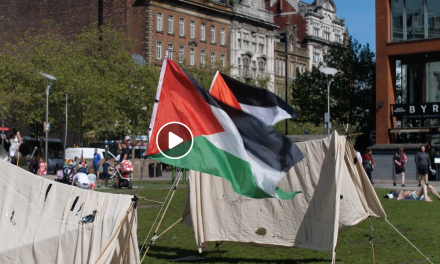on Oct 10 2019
Art and Culture in the Northern Quarter
In Discover, Culture, Shopping
A nod to the Northern Quarter
Is culture just another word for creativity? Is it as simple as that? When you think of art, literature, music, theatre and everything else we consider to be cultural, aren’t they all borne of creativity?
Hmmm…
If that’s the case, the Northern Quarter might be Manchester’s most cultural neighbourhood. It’s full of creative people doing creative things. And even people who aren’t creative are drawn to the Northern Quarter by the atmosphere. There’s nothing wrong with that. You don’t have to be an artist to love an art gallery, right?

But once upon a time, there was no such thing at the Northern Quarter. In the 60s, 70s and 80s, Manchester was in decline. There were a lot of disused buildings and not nearly enough economic activity to fill them. Let’s be honest, the city was a very different place back then.
For a hard-working city like Manchester, it was unimaginable that art, culture, fashion and creativity could fill the post-industrial void. Unimaginable. Laughable, even. But there was a handful people who stuck at it and made it happen.
Manchester Craft & Design Centre
When Manchester’s fish market closed down in 1973, it was the end of an era. But within ten years, the city council reopened it as Manchester Craft Village and the seeds of the Northern Quarter were sown. Even the phrase ‘Northern Quarter’ originates from here.
Now known as Manchester Craft & Design Centre, it’s a complex of studios for independent artists, designers and makers. Contemporary jewellery, ceramics, stationery, wall art – two floors of beautiful things being created right in front of you by the makers themselves.
Everyone who comes to Manchester should take a look. The things being created and sold at Manchester Craft & Design Centre are unique. You can’t get them anywhere else. There’s also a very nice café so even if you don’t find something you like, it’s a lovely place for a coffee. Ask Guy Garvey. He’s a frequent visitor and likes it so much, they made him a patron.
Afflecks (formerly Affleck’s Palace)
Culture and creativity are organic. They need a place to grow. When Affleck’s Palace opened as an independent indoor market in 1982, it democratised trading with cheap rents and no long-term contracts. Anyone could have a go and it attracted hippies, punks, goths, greebos, indie kids, fetishists, university drop-outs, misfits and even (shock, horror!) veggies and vegans. It was like the Internet, before the Internet.

Alternative fashions, obscure fanzines, strange records: Affleck’s Palace became a focal point for every counter-culture in the region. But it was a friendly place too. The labyrinthine layout meant there were endless nooks and crannies to explore. Getting lost, but being too cool to admit it, was standard. And when Madchester came along, people flocked to Affleck’s Palace for the baggiest flares in the world.
Afflecks is still a focal point and the Northern Quarter has grown up around it. It has evolved over the years but it hasn’t always been easy. It has survived closure threats, re-development plans, fires, lease renewals and landlord changes along the way. It keeps on keeping on because (and credit where credit’s due) even ‘the man’ doesn’t want to close it down. But maybe ‘the man’ in this case was a tie-dyed teenager back in the day too? We may never know.
See also: A Gothic Guide to Afflecks
Centre for Chinese Contemporary Art
There was a Chinatown in Manchester long before there was a Northern Quarter. Chinatown has been the hub of city’s Chinese community for more than half a century.
To broaden perceptions of Chinese culture, the Chinese View Art Association was founded in Manchester in 1986. By 1989, they had opened the Chinese Art Centre in Chinatown, focusing on traditional Chinese art and craft. But although Chinatown seemed like the natural choice, by the mid-nineties, people started talking about a new independent, creative quarter.
The city’s vision for the Northern Quarter chimed with the Art Centre’s own ambitions. They moved there in 1996 and it was much more than just a change of address. They shifted their focus from traditional to contemporary art in order to be socially engaged and to develop, promote, educate and advocate for new Chinese art.
Now called the Centre for Chinese Contemporary Art (CFCCA), their RIBA award-winning and purpose-built venue on Thomas Street has two galleries, a shop, archive, library, event space and even studio and living space for their artists-in-residence. The CFCCA is a unique, internationally connected gallery that has developed in parallel with China’s own economic and cultural growth.
So, yes. A lot went in to creating the Northern Quarter. It’s nice to nod to places that were there from the start but spare a thought to all the people, shops, cafés, venues and myriad other businesses that didn’t survive. If the three success stories listed here tell us anything, it’s that the Northern Quarter was built on ideas that seemed crazy at the time. Long live crazy ideas!






